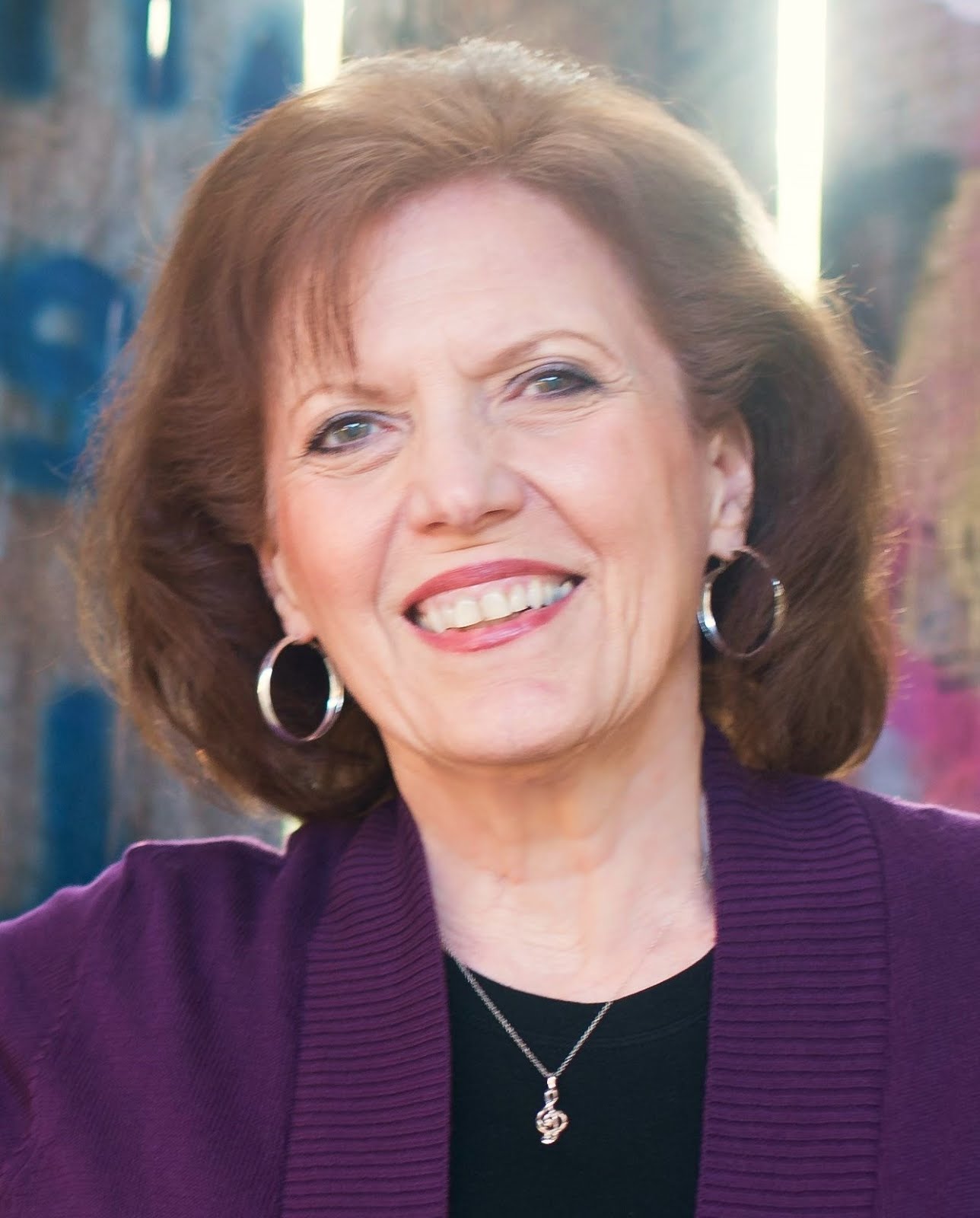Racism or sexism? Which is a bigger problem for churches?
Historically, Americans have dealt with racism much longer than sexism. Caucasian vs. African-American (“white” vs. “black”) issues were the focus of civil war over a half-century before the large “women’s rights” protests began.
Both racism and sexism are rooted in hierarchy and power. Women of all races are forced to deal with patriarchal language and attitudes around the globe. Gender issues pervade every race and culture.
In American churches women and men generally worship together in near-equal ratios, although church leadership roles are usually reserved for men. However, congregations tend to worship separately along racial lines—a larger issue than simply worship style preferences. There is little or no racial diversity in most church congregations. Sunday morning worship, in the words of the late Martin Luther King, Jr., is still “America’s most segregated hour.”
Even where whites and non-whites do worship together there are obstacles to overcome. Biblical and religious metaphors still refer to black as evil (dark, dirty, sin) and white as holy (light, clean, pure). Unfortunately, it doesn't require much of a leap for some people to apply the imagery to skin color.
People of color also frequently contend with “white” religious artwork and song lyrics that do not reflect who they are racially. Though the reference is to sins being crimson, not black, I’ve often wondered how African-Americans, Latinos and other people of color could ever sing with a straight face gospel song lyrics such as, “Now wash me and I shall be whiter than snow.”
White-biased imagery is common in our churches, but its inherent racism is much more subtle than the blatant sexist language and patriarchal imagery that is so dominant in our worship services and beyond.
[For the purposes of this article I’m referring to linguistic imagery and references for human beings only, not God. Males and females--unlike God, who is genderless—are gender-specific, and that difference needs to be reflected in our verbiage.]
Women, no matter their race, statistically make up over half of every congregation. Yet gender-exclusive language and imagery are traditionally used in scripture translations and sermons, hymns and choruses, litanies and liturgies. The constant message is that "God says" women must defer to men both in church and at home.
Sometimes the verbiage is ridiculous when one thinks about it. I've often wondered how women can sing "Let there be peace on earth....brothers all are we..." without choking. I once heard a prominent, embattled woman minister joke, "Hey, I don’t have any problem singing ‘Christ Receiveth Sinful Men” to great laughter in her Women in Ministry support group.
Perhaps the following exercise will generate some empathy for those who feel excluded by the sexist language commonly experienced in churches:
1.) For the purposes of illustration only--not to ignore Latinos, Asians, and others--suppose the world was divided into only two races: “blacks” and “whites.” (These two terms are chosen because they are one-syllable words that encompass large people groups.)
2.) Now take almost any hymnal and substitute the words "whites" or "blacks" everywhere the words "man" or "men" are found.
In twenty-first century America, it is unthinkable that any hymn text would include phrases such as:
● “Tho’ the eye of sinful blacks Thy glory may not see.” (“Holy, Holy, Holy”)
● “God with whites is now residing.” (“Angels, from the Realms of Glory”)
● “And peace to blacks on earth.” ("O Little Town of Bethlehem")
● “I know that he is living, whatever whites may say.” (“He Lives”)
● "God's great love to blacks Thou art." (“Great Redeemer, We Adore Thee”)
Most people (I hope!) would be uncomfortable with singing hymn texts like those above. And I suspect that any hymnal publisher would either adjust the language to make the text more inclusive or delete the stanza or hymn entirely from consideration for publishing. No publisher would say: "It's too inconvenient." "Changes will mess up the rhyme scheme." "It's okay; nobody will pay attention to it, because the rest of the text is meaningful."
Hopefully the above exercise illustrates how not being intentionally inclusive is by default exclusive. If someone made an effort to count how many times male-biased language and imagery are used in songs and scripture translations there might be more empathy for so many women who feel linguistically invisible in churches. Certainly these women don't feel intentionally included.
Some women may not feel this way (yet), but I suspect that church leaders’ overwhelming use of gender-exclusive language causes an increasing number of women to stumble. The gospel message of inclusion simply cannot be delivered adequately in the vehicle of gender-exclusive language. Our churches' mandate is to lead the way in correcting this situation.
Monday 2 August 2010
Subscribe to:
Posts (Atom)
